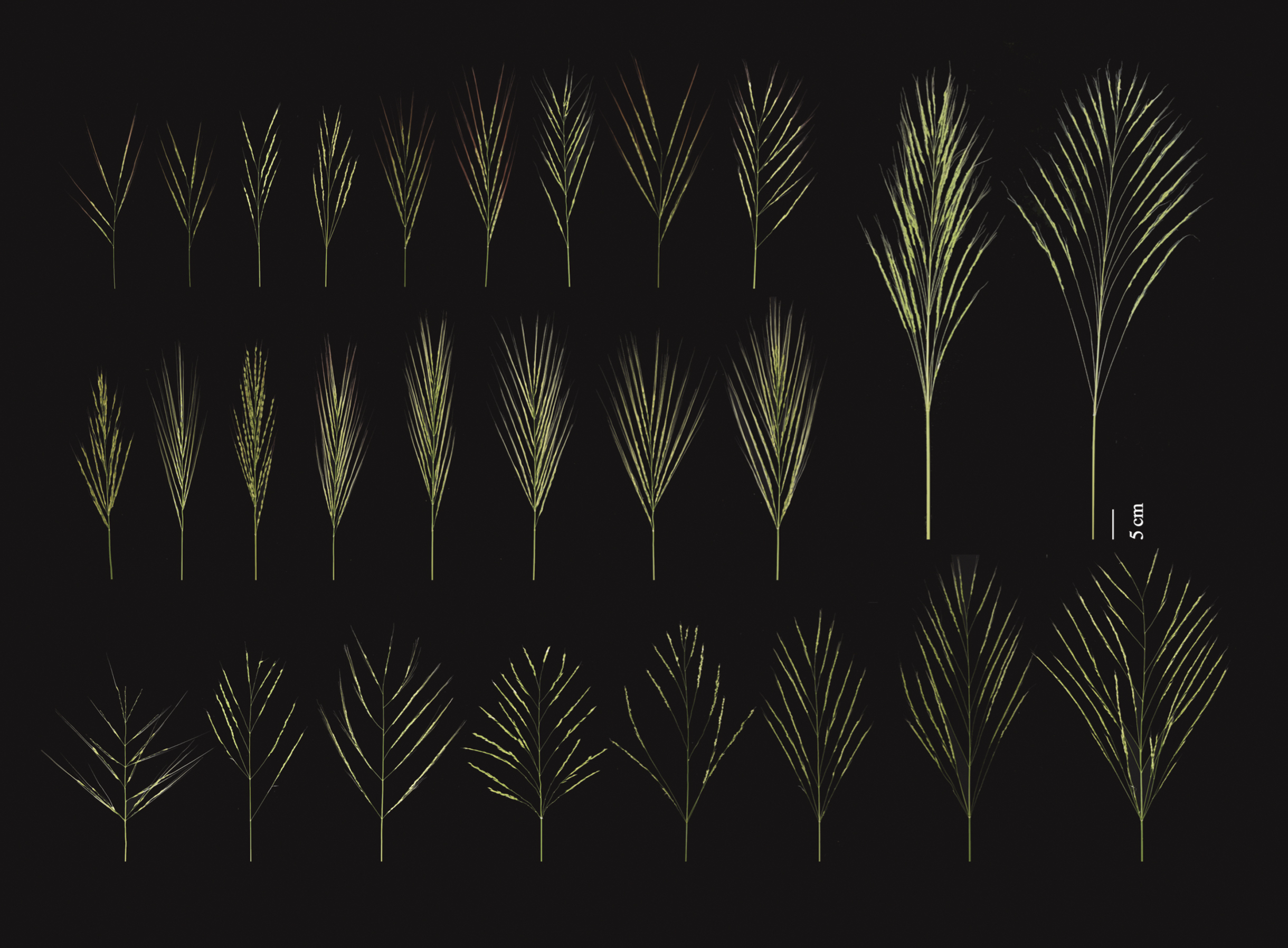Volume 71, Issue 3
Displaying 1-13 of 13 articles from this issue
- |<
- <
- 1
- >
- >|
Cover
-
2021Volume 71Issue 3 Pages cover
Published: 2021
Released on J-STAGE: July 30, 2021
Download PDF (5165K)
Invited Review
-
Article type: Invited Review
2021Volume 71Issue 3 Pages 291-298
Published: 2021
Released on J-STAGE: July 30, 2021
Advance online publication: June 26, 2021Download PDF (4355K) Full view HTML
Research Papers
-
Article type: Research Paper
2021Volume 71Issue 3 Pages 299-312
Published: 2021
Released on J-STAGE: July 30, 2021
Advance online publication: June 12, 2021Download PDF (4884K) Full view HTML -
Article type: Research Paper
2021Volume 71Issue 3 Pages 313-325
Published: 2021
Released on J-STAGE: July 30, 2021
Advance online publication: July 06, 2021Download PDF (7207K) Full view HTML -
Article type: Research Paper
2021Volume 71Issue 3 Pages 326-333
Published: 2021
Released on J-STAGE: July 30, 2021
Advance online publication: June 25, 2021Download PDF (3057K) Full view HTML -
Article type: Research Paper
2021Volume 71Issue 3 Pages 334-343
Published: 2021
Released on J-STAGE: July 30, 2021
Advance online publication: March 17, 2021Download PDF (218K) Full view HTML -
Article type: Research Paper
2021Volume 71Issue 3 Pages 344-353
Published: 2021
Released on J-STAGE: July 30, 2021
Advance online publication: June 25, 2021Download PDF (803K) Full view HTML -
Article type: Research Paper
2021Volume 71Issue 3 Pages 354-364
Published: 2021
Released on J-STAGE: July 30, 2021
Advance online publication: June 25, 2021Download PDF (592K) Full view HTML -
Article type: Research Paper
2021Volume 71Issue 3 Pages 365-374
Published: 2021
Released on J-STAGE: July 30, 2021
Advance online publication: June 19, 2021Download PDF (611K) Full view HTML -
Article type: Research Paper
2021Volume 71Issue 3 Pages 375-383
Published: 2021
Released on J-STAGE: July 30, 2021
Advance online publication: June 25, 2021Download PDF (595K) Full view HTML
Notes
-
Article type: Note
2021Volume 71Issue 3 Pages 384-389
Published: 2021
Released on J-STAGE: July 30, 2021
Advance online publication: June 19, 2021Download PDF (1749K) Full view HTML -
Article type: Note
2021Volume 71Issue 3 Pages 390-395
Published: 2021
Released on J-STAGE: July 30, 2021
Advance online publication: June 19, 2021Download PDF (7290K) Full view HTML -
Article type: Note
2021Volume 71Issue 3 Pages 396-403
Published: 2021
Released on J-STAGE: July 30, 2021
Advance online publication: June 19, 2021Download PDF (426K) Full view HTML
- |<
- <
- 1
- >
- >|

